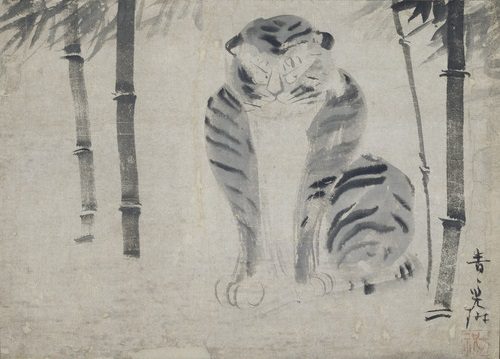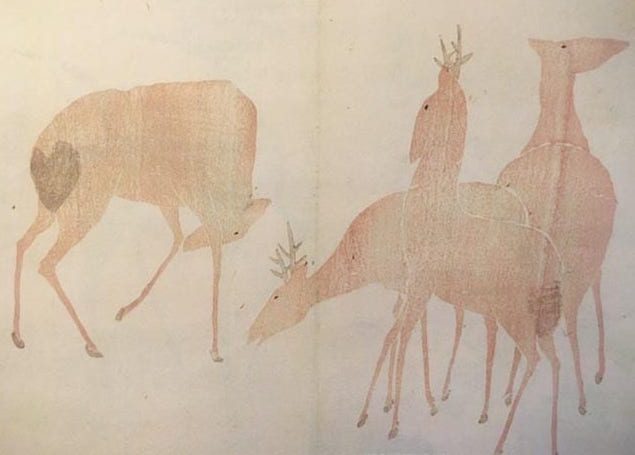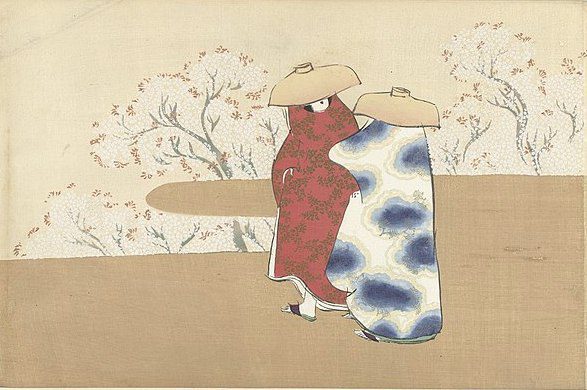Rinpa Art and the Rich Japanese Cultural Legacy
Lee Jay Walker
Modern Tokyo Times

Rinpa art is distinctive because it is one of the few indigenous art forms to be connected to Japanese high culture. The Kano and Tosa schools of art – equally featuring prominently with Rinpa – created a long line of respective artists who followed the rich artistic traditions of Kano, Rinpa, and Tosa.
The Cleveland Museum of Art says, “Rinpa is a style of Japanese art focused on abstracted natural motifs and allusions to classical literature. Coined in the early 1900s, Rinpa means “Rin School,” after painter Ogata Kōrin (1658–1716), whose work was critical to the later transmission of the tradition. Three techniques associated with Rinpa are tarashikomi, horinuri, and mokkotsu. In tarashikomi (dripping-in), the artist drips ink or color on wet surfaces, creating pooling effects. Horinuri (painting-by-carving) leaves initial ink outlines uncovered after shapes are filled with ink or color, so the surface looks carved. Mokkotsu (boneless) entails creating shapes without contours or lines defining edges and boundaries.”

Kamisaka Sekka (1866-1942) is the last great rinpa (rimpa) artist who carried on the rich traditions of the past. Albeit, Sekka had a very independent streak. This concerns his atmospheric and innovative approach to the world of rinpa art.
The MOA Museum of Art says, “The Rinpa School is unique in that, unlike other schools such as Kanō and Tosa, the heritage was perpetuated not through familial lines or clan-retainership, but by those who had an affinity with the style. It came about in the early Edo period, with Hon’ami Kōetsu and Tawaraya Sōtatsu being forerunners, and it flourished during the years of Genroku (1688 – 1704) with the work by Ogata Kōrin and his brother Kenzan.“

This rinpa art movement developed in Kyoto in the early Edo Period of the seventeenth century. Hence, the two founding fathers of this art form – Hon’ami Kōetsu and Tawaraya Sōtatsu – set in motion a treasure that continues to enrich Japan in modern times.
Interestingly, the working-class roots of Sōtatsu had little meaning to the early wealthy Nichiren Buddhist merchants who funded this art form.
https://www.clevelandart.org/exhibitions/rinpa

Modern Tokyo News is part of the Modern Tokyo Times group
http://moderntokyotimes.com Modern Tokyo Times – International News and Japan News
http://sawakoart.com – Sawako Utsumi’s website and Modern Tokyo Times artist
https://moderntokyonews.com Modern Tokyo News – Tokyo News and International News
PLEASE JOIN ON TWITTER
https://twitter.com/MTT_News Modern Tokyo Times
PLEASE JOIN ON FACEBOOK